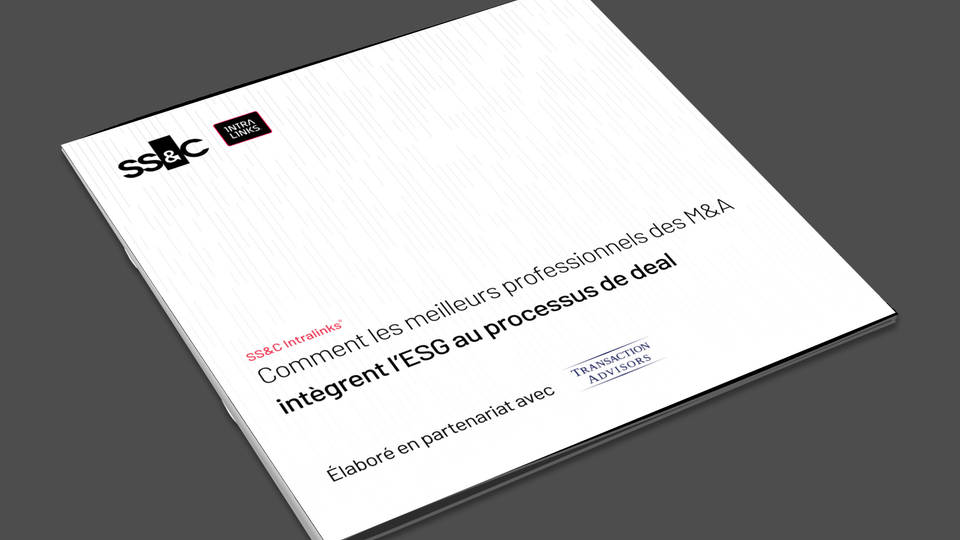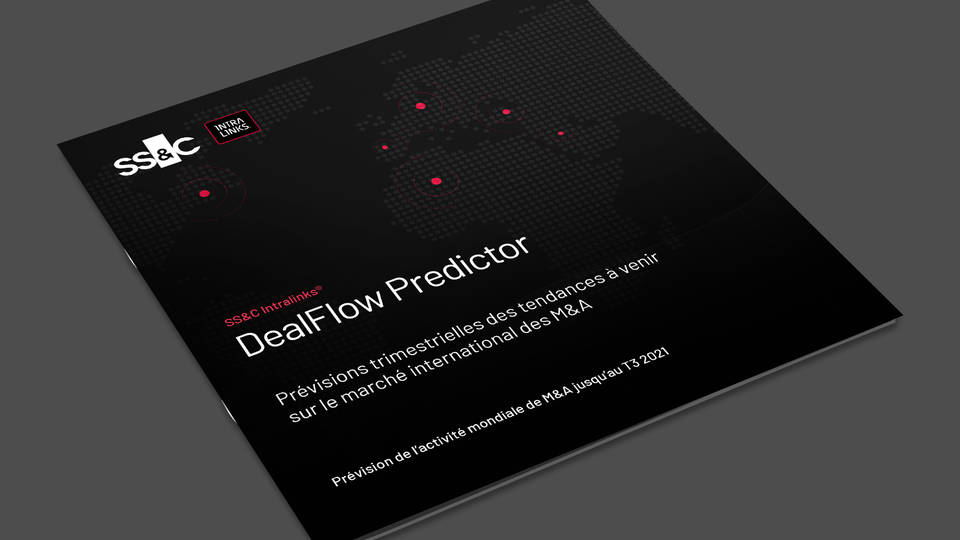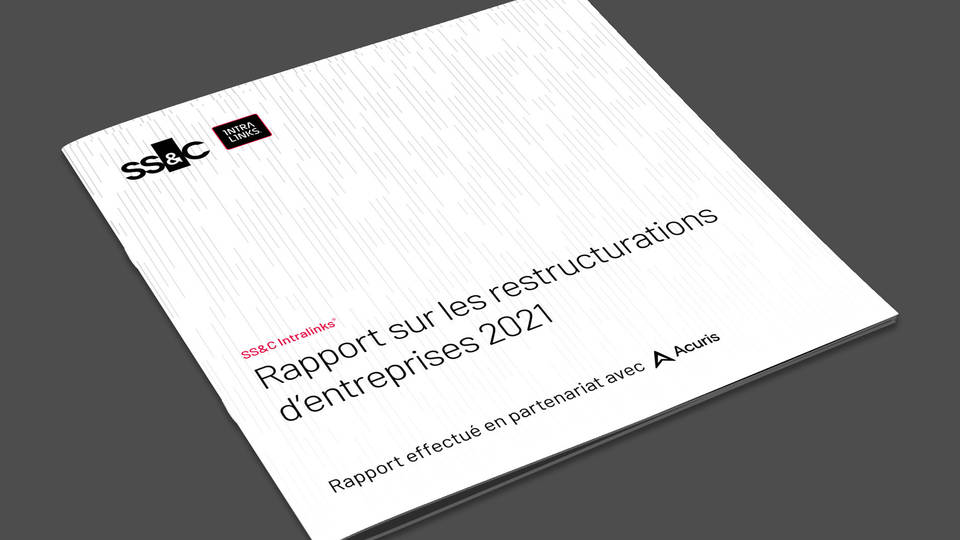Jeté dans le vide : guide de survie dans les Data Rooms virtuelles pour les débutants – en anglais
23 juin 2015Guide de survie dans les Data Rooms virtuelles pour les débutants Une Data Room virtuelle (VDR) est la solution optimale pour l’échange contrôlé de documents entre parties à un processus de transaction.
A Virtual Dataroom (VDR) is the optimum solution for the controlled exchange of documents between parties to a transaction process. Time is usually of the essence: the VDR must be delivered as quickly as possible.
However, very few companies have transaction volumes to justify maintaining dedicated VDR management resources. Most are unaccustomed to this process and do not have the requisite manpower or experience. They must climb a steep learning curve when time is critical and resources stretched. The result is often a delay, a compromise in VDR quality, or both.
Dataroom 101 versus Room 101
Keep it simple. While the process can feel complex and challenging, the objective is easily articulated — to exchange critical information with third parties and their advisers, residing beyond the business IT firewall. Setting up third party users in a VDR is usually straightforward, requiring only their names and e-mail addresses. However, defining what information needs to be exchanged can be more complex. An index can be created from scratch, or based upon a prototype, which may be sourced either from the VDR provider or from advisers. It is sometimes also helpful to request a due diligence list from the transaction counterparty, to help determine which areas might be of most interest to them.
The search for the Holy Grail
Before documents can be “uploaded” (electronically placed) into a VDR, they must first be collected. It is this process which can often be the most time consuming and the biggest drain on resources. Using the index, a search is undertaken for all information which is “relevant and material”. In an M&A project, this usually comprises a multitude of documents which might assist a third party to make a binding offer and negotiate a sale and purchase agreement. This includes items which underpin value (e.g. board and financial reports, asset registers, licenses to operate, sales and supply contracts) and those pertaining to actual or potential liabilities (e.g. environmental issues, lawsuits, pensions and other deferred benefits). It is not unusual for tens, or even hundreds, of thousands of pages to be gathered. This process requires co-ordination and works most efficiently when conducted by someone who has done it before. The key is to be as transparent as possible, while maintaining confidentiality on issues which remain crucial to business success, should the transaction fail. This is usually done by withholding or redacting the most sensitive information, until the appropriate moment.
The X files
Most VDRs can accept documents in a variety of software formats, including Adobe Acrobat (pdf) and Microsoft Office (MS). Nowadays, many original documents are available in electronic format, although it may still be necessary to scan older paperwork, or printed copies of documents which have been manually signed and dated. Many VDR providers also offer document scanning services. Extra care should be taken with MS files, as these usually contain additional information, hidden in the document “Properties” section. Excel spreadsheets can also incorporate embedded data, comments and formulae that may be confidential.


